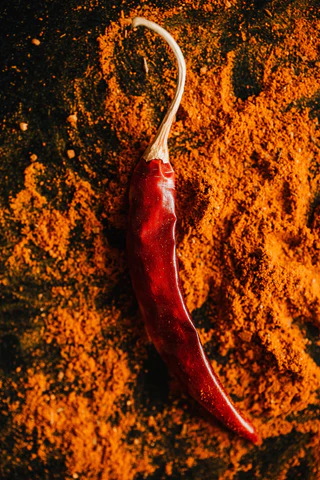- No. 268 Xianghe Street, Economic Development Zone of Xingtai city, Hebei 054001 China
- Byron@hbhongri.cn
Exploring the Fiery Flavor of Hot Paprika Spice for Delicious Dishes
The Vibrant World of Hot Paprika Spice
Hot paprika, a beloved spice in various cuisines around the world, offers a splendid blend of flavor, color, and heat. Derived from ground capsicum peppers, this vibrant spice is not only a culinary staple but also a cultural symbol in many regions. While paprika as a whole can range from sweet to smoky, hot paprika carries a distinct kick that elevates dishes to a new level of deliciousness.
Origins and Varietals
Hot paprika has its roots in Central and South America, where capsicum peppers were first cultivated. These peppers made their way to Europe in the 16th century, becoming particularly popular in countries like Hungary and Spain. Each region has its own unique varietals of paprika, often distinguished by their flavor profiles and heat levels.
Hungarian hot paprika is known for its deep red hue and sweet undertones, while Spanish versions, such as smoked paprika (pimentón), can infuse a dish with a rich, smoky flavor that complements its heat. The variety of hot paprika not only adds spice but also brings a vibrant color to dishes, enhancing their visual appeal.
Culinary Uses
The versatility of hot paprika makes it suitable for a wide range of culinary applications. It is commonly used in stews, soups, and sauces, lending its flavor to hearty dishes like goulash and paella. It can be sprinkled over roasted vegetables, mixed into marinades, or even used to season meats, providing a warm and inviting heat.
In addition to its use in savory dishes, hot paprika can also be an unexpected yet delightful addition to sweet recipes. A pinch of hot paprika can elevate chocolate desserts, adding complexity and intrigue to flavors. Moreover, it can be used to create spicy-infused oils or vinaigrettes, perfect for drizzling over salads or grilled foods.
hot paprika spice

Health Benefits
Beyond its culinary appeal, hot paprika boasts several health benefits. Rich in vitamins A, C, and E, this spice can support immune function and skin health. The capsaicin compound, responsible for the heat in peppers, has been associated with various health benefits, including pain relief and improved metabolism. Incorporating hot paprika into meals can offer a flavorful way to enhance not only taste but also well-being.
A Cultural Connection
In many cultures, hot paprika is more than just a spice; it is a cornerstone of identity and tradition. In Hungary, for example, paprika is revered and celebrated, with festivals dedicated to this spice that showcase its significance in the country's culinary landscape. Similarly, in Spain, the use of pimentón in traditional dishes is a point of pride, enriching the local culture and heritage.
The vibrant color and rich flavor of hot paprika make it not just an ingredient, but an experience. It invites people to gather, share stories, and create memories around the dining table. Its presence in dishes serves as a reminder of the warmth and richness of cultural traditions that span across continents.
Conclusion
Hot paprika is a spice that transcends borders and culinary styles. Its fiery heat, coupled with its vibrant color and versatility, makes it a favored choice for cooks around the globe. Whether it’s in a traditional Hungarian goulash or a modern spicy chocolate dessert, hot paprika leads the way in creating memorable flavor experiences. Embrace this spice in your kitchen, and let's celebrate the boldness and warmth it brings to our culinary adventures!
-
Turmeric Rhizome Powder: A Golden Treasure from Roots to TableNewsJul.28,2025
-
The Versatile Application Of Crushed Red Hot Peppers: Lighting Up The Red Flames On The Dining TableNewsJul.28,2025
-
The Paprika: A Touch Of Vibrant Red In Color, Flavor, And CultureNewsJul.28,2025
-
Ground Turmeric: A Modern Examination of an Ancient SpiceNewsJul.28,2025
-
Capsicum Liquid Extract: Features, Applications, and ChallengesNewsJul.28,2025
-
Application of Capsicum Liquid Extract in FoodNewsJul.28,2025







